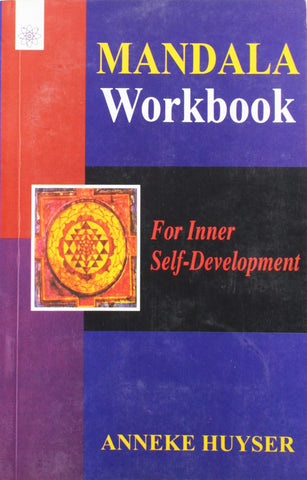Your cart is empty now.
What is it like to be a Buddha? Is there ony one uddha or are there many? What can Buddha do and what do they kow? Is there anything the cannot do an cannot know? These and associated questions were much discussed by Buddhist thinkers in India, and a complex and subtle set of doctrinal postitions was developed to deal with them. This is the first book in a western languages to treat these doctrines about Buddha from a philosophical and throloughly critical viewpoints.
The book shows that Buddhistthinker were driven when theorizing about Buddha, by a basic intuition that Buddha must be maximally perfect and that pursuing the implications of this intuition led them into some conceptual dilemmas that show considerable similarity to some of tose treated by western theists. The Indian Buddhist tradition of thought about these matters is presented here as throughly systematic, analytical, and doctrinal.
The book's analysis is based alost entirely upon original sources in their original languages. All extracts discussed are translated into English and the book is accessible to nonspecialists, while still treating material that has not been much discussed by western scholars.
"The book raises fundamental issues concerning not obnly Buddhist ways of conceptualizing divinity but human ways in general of doing so. It provides remarkable new insights in both of those domains, The book is of unquestionable importance."
Paul J. Griffiths is associated Professor in the Department of South Asian Languages and Civilizations at the University of Chicago. He has prepreviously published books on Buddist philosophy (On Being Mindless and The Realm of Awakening) and on cross-cultural philosophy and theology ( An apology for apologetics)
"Scholasticism" and "doctrine" would seem to be self-evidently central categories for any discipline devoted to the comparative philosophy of religious). Yet attempts to formulate, in a comparative context, theories of these two quintessentially religious and closely related phenomena have been very few and far between. Serious studies of particular scholastic and doctrinal traditions, based on such theories and carried forward with theoretically sophisticated methods, have been virtually non-existent.
Jose Cabezon, in Volume VI of our Toward a Comparative Philosophy of Religions Series entitled Buddhism and Language: A Study of Indo-Tibetan Scholasticism has formulated the notion of "scholasticism" as a comparative category; and he has gone on to provide as an illustrative example of its use a superb study of Buddhist scholasticism in Tibet. Now, in Volume VIII, Paul Griffiths takes up the closely associated task of developing the notion of "doctrine" as a comparative category; and he demonstrates the usefulness of the category by providing a fascinating study of a central Buddhist doctrine that was formulated in India during the period from the 3rd to the 9th centuries C.E.
In On Being Buddha Griffiths, like Cabezon before him, engages the comparative task at a variety of levels. He formulates and carefully hones a very sophisticated theory of doctrine; he proposes a closely correlated method for implementing what he calls a "doctrinal study of doctrine;" and he goes on to employ this method to carry through an in-depth study of what he calls in his subtitle The Classical Doctrine of Buddhahood. In the specifically buddhalogical segment of Griffiths' study (Griffiths uses the terms "buddhalogy" and "buddhalogical" in ways that directly parallel the uses of the terms "christology" and "christological" in the Christian tradition), he organizes his very rich and far-reaching discussion around a particular theme that he identifies as fundamental. He derives this primary theme from Immanuel Kant's broadly generalized notion that "human beings need an idea of highest perfection in order to have a standard to apply in making determinations of an axiological kind." Griffiths appropriates and utilizes Kant's suggestion for his own purposes by organizing his study around the notion that classical buddhalogical doctrine may usefully be thought of as "a systematic attempt to define and list those properties that something must have, within the constraints of Buddhist metaphysics, to be maximally great," and as "the basis for, and fullest representation of, Buddhist axiological commitments"
Philosophers of religion who are interested primarily in theoretical and methodological issues may be tempted to focus their attention on Chapter One ("The Doctrinal Study of Doctrine"), and to pass over the subsequent buddhalogical chapters rather quickly. Area specialists, on the other hand, may be tempted to skim through Chapter One, and to focus their primary attention on Chapters Two through Six-chapters which provide by far the most complete and insightful description and analysis of the classical doctrine of Buddhahood available in any western language.
It is, however, important for all readers to recognize from the outset that the theoretical formulations and the illustrative discussion of the Buddhist materials are integrally related and mutually illuminating. And it is also important to recognize that only those who have attended carefully to both the theoretical formulations on the one hand, and the substantive Buddhalogical discussions on the other, will be prepared to fully appreciate the final and culminating chapter if the book.
In his brilliantly executed conclusion Griffiths moves under the rubric of "Doctrinal Criticism" -to the level of normative evaluation. And he 'does so by providing 'powerfully marshaled (and necessarily controversial) arguments in which he makes and defends judgements concerning a variety of doctrinal issues that involve the notion of maximal greatness doctrinal issues that are, as he explicitly points out, central not only to the Buddhist tradition, but to the Christian tradition and to other religious traditions as well.
David Tracy and I are delighted that we have been able to publish Paul Griffiths' book as Volume VIII in the Toward a Comparative Philosophy of Religions Series. Most of all, we are de1ighted because of the quality and intrinsic interest of the book itself. But, in addition, we are delighted because the book will provide those interested in the Series with a fuller introduction to Griffiths who, along with Laurie Patton, will at. the moment that this manuscript goes to press-succeed us as coaters of the Series.
In the late 1980s, when David Tracy and I took on the task of initiating and editing the Toward a Comparative Study of Religions Series, we did so in order to assure the publication, in a common setting, of books that were being generated and refined in' the context of a series of international conferences on the comparative philosophy of religions sponsored by the Institute for the Advanced Study of Religion at the Divinity School of the University of Chicago. During the past four years eight volumes have been published in the Series, including seven that were directly associated with conference presentations and discussions. These include in addition to the previously mentioned books by Cabezon and Griffiths-:- three collections of conference-generated essays edited by Tracy and Reynolds (Myth and Philosophy, SUNY.1990; Discourse and Practice, SUNY 1992; and Religion and Practical Reasons, SUNY 1994). The Series has also provided a horn for three other single-authored volumes-Lee Yearley's .Mencius and Aquinas, SUNY 1990; Francis X. Clooney's Theology Aite Vedanta, SUNY 1993; and Ben-Ami Scharfstein's Inetiebilin SUNY 1993.
Each of the new co-editors has worked very closely with all aspects of the Toward a Comparative Philosophy of Religions project ever since its inception in 1986. Paul Griffiths, presently an Associate Professor of the Philosophy of Religions ( he Divinity School of the University of Chicago, has contributed an important essay on "Denaturalizing Discourse" to the very first Myth and Philosophy collection, as well as the preset single-authored volume. Laurie Patton, presently Assistant Professor of the History of Religions at Bard College, has written three of the "conference summaries" published in Francisca Cho Bantly, Deconstructing/Reconstructing the Philosophy of Religions (Divinity School, University of Chicago, 1990); she he contributed an essay on "Hymn to Vac" in' the Myth and Philosophy volume; and she has also contributed an essay entitle "Di-solving a Debate: Toward a Practical Theory of Myth" in Religion and Practical Reason.
This particular transition from one generation of editors the next should ensure both the continuity of the Series and a infusion of new vitality. David Tracy and I have enjoyed the challenge of guiding the Series through its early years. And we now look forward with great expectations to observing and profiting from the new directions that Paul Griffiths and Laur Patton will surely initiate and pursue.
In this study I am concerned at the level of theory with the nature of doctrine and its uses by religious communities, as well as with the heuristic value of the concept 'doctrine' for cross-cultural studies in the philosophy of religion.
In chapter one I state a formal definition of doctrine; this definition is intended to serve my substantive and exegetical interest in Buddhist doctrine. More precisely, I am concerned to lay bare the structure and meaning of classical Indian Buddhist doctrine about Buddha, and to do so by applying to it the theoretical framework given in chapter one. My goal here is to show that this framework may profitably be used in a particular case, and so also to suggest by example that the category 'doctrine' may have significant heuristic and analytical value for the cross-cultural study of one important aspect of the lives of religious communities.
In chapter two I consider in what ways and to what extent the category 'doctrine' can be applied to the texts of Indian Buddhism, and make some suggestions as to those terms in the technical discourse of Indian Buddhists that cover some of the semantic ground embraced by the English word 'doctrine.":
In chapter three I offer an overview of the particular doctrinal discourse developed by Indian Buddhists that is the central focus of this book. This is a discourse concerned with the properties of Buddha, with those qualities that must, according to the tradition, be predicated of every Buddha. It is a discourse analogous in important ways to that which Christians call 'christology.' I shall, following David Snellgrove and to avoid confusion with 'buddhology' (which labels all discourse about Buddhism, not just that about Buddha), call this discourse 'buddhalogy . In chapters four through six I explore this buddhalogical discourse in some detail, dividing my analysis according to the location (spatial or metaphysical) in which Buddha functions. Chapter four deals with Buddha in the world; chapter five, with Buddha in heaven; and chapter six, with Buddha in eternity. My intention throughout is to isolate and explore the doctrinal dimensions of Buddhist discourse about these matters, and by so doing to arrive at a synthetic view of buddhalogical ortho- doxy among medieval Indian Buddhist intellectuals. Even though the interests of this study are not primarily either historical or textual, some words about its historical and textual basis are necessary. I use as my sources mostly the philosophical (or, better, doctrinal) digests that became important for Buddhist intellectuals in Gupta and immediately post-Gupta In- dia (that is, from roughly the fourth to the eighth centuries C.E.). These digests were intended and used mostly as teaching tools written by monks for the training of other monks. While they do have have scholastic affiliation-that is, according to traditional Buddhist demography and its western counterparts some are called Yogacara texts, some Madhyamika texts, and so forth I shall not be much interested in these putative affiliations, nor in the differences among the schools. This is partly because such matters are not of central importance so far as the questions that concern this study go; but it is also because the scholastic affiliation of many of the texts is problematic in any case, and our perceptions of it are often unduly and improperly influenced by the categorizations developed and applied by later Tibetan and Chinese scholiasts.
I think that a reasonably accurate synthetic view of orthodox medieval Indian buddhalogy can be obtained by detailed study of the major doctrinal digests of the period, together with judicious use of. the extensive commentarial literature that accrued to such texts. This is an enormous body of literature; I shall therefore necessarily be extremely selective in my use of it.
The notes and bibliography will indicate the works that have been of most importance for this study.
Finally, in chapter seven I offer an example of the kind of doctrinal criticism and analysis that the theory of doctrine of- fered in chapter one is intended to make possible.
A note on usage. In this book I use the term 'Buddha' in the singular and without a definite article to refer to the category most often designated in Sanskrit by the abstract noun buddhatva or buddheie ('Buddhahood'). 'Buddha' thus includes all particular Buddhas and embraces all properties held in common by them. When, as sometimes happens, the exigencies of the English language require the use of a pronoun in place of 'Buddha' I use 'it' rather than a gender-specific pronoun. This sometimes produces odd stylistic effects, but it seems to me the best possible solution. Buddha is not constitutively male or female. Naturally, when referring to a particular Buddha (usually by name, as in 'Gautama Sakyamuni' or 'Vipasvin') who is constitutively male, I use masculine pronouns.
| Foreword | Xlll | |
| Preface | XVII | |
| Acknowledgments | XXI | |
| Chapter One: | The Doctrinal Study of Doctrine' | |
| 1 | Prolegomena | |
| 1.1 | Primary Doctrines. | |
| 1.2 | Secondary Doctrines | 12 |
| 1.2.1 | Rules of Recognition and Patterns of Derivation | 12 |
| 1.2.2 | Rules of Interpretation and Combination | 20 |
| 1.3 | The Doctrinal Uses of Primary Doctrines | 21 |
| 1.4 | Applying the Theory | 23 |
| Chapter Two: | Buddhist Doctrine | |
| 2 | Prolegomena | 27 |
| 2.1 | The Doctrinal Digests | 27 |
| 2.2 | The Authority of the Doctrinal Digests | 33 |
| 2.3 | The Content and Subject-Matter of the Doctrinal Digests | 41 |
| 2.4 | The Goals of the Doctrinal Digests | 43 |
| 2.5 | Theories of Doctrine in the Doctrinal Digests | 46 |
| 2.5.1 | Rules of Recognition | 46 |
| 2.5.2 | Rules of Interpretation | 51 |
| Chapter Three: | Buddhalogical Doctrine | |
| 3 | Prolegomena | 57 |
| 3.1 | Buddhalogy and Maximal Greatness | 58 |
| 3.2 | Titles and Epithets of Buddha | 60 |
| 3.3 | Properties of Buddha | 66 |
| 3.4 | Analytical and Organizational Schemata | 75 |
| 3.5 | Metaphysical Embeddedness and Systematic Location | 82 |
| Chapter Four: | Buddha in the World | |
| 4 | Prolegomena | 87 |
| 4.1 | The Buddha-Legend | 87 |
| 4.2 | Bodies of Magical Transformation | 90 |
| 4.3 | Buddha's Perfections of Appearance in the World | 97 |
| 4.4 | Buddha's Perfections of Action in the World | 101 |
| 4.4.1 | Spontaneity and Effortlessness | 103 |
| 4.4.2 | Endlessness and Omnipresence | 107 |
| 4.4.3 | Excursus: Buddha's Consumption of Food | 110 |
| 4.5 | Buddha's Perfections of Cognition in the World | 115 |
| 4.5.1 | Omnilinguality | 116 |
| 4.5.2 | Awareness of What Is Possible and What Is Impossible | 118 |
| 4.6 | One Body of Magical Transformation at a Time? A Controversy | 119 |
| Chapter Five: | Buddha in Heaven | |
| 5 | Prolegomena | 127 |
| 5.1 | Ornamenting Heaven | 128 |
| 5.2 | Bodies of Communal Enjoyment | 134 |
| Chapter Six: | Buddha in Eternity | |
| 6 | Prolegomena | 147 |
| 6.1 | Epistemic Predicates | 151 |
| 6.1.1 | Awareness Simpliciter | 151 |
| 6.1.2 | Buddha'sAwareness | 153 |
| 6.2 | Metaphysical Predicates | 173 |
| Chapter Seven: | Doctrinal Criticism | |
| Doctrinal Criticism | 181 | |
| Notes | 203 | |
| Glossary | 229 | |
| Bibliography | 233 | |
| Index | 253 |
Delivery and Shipping Policy
- INTERNATIONAL SHIPPING
- Rs.1000-1100/kg
- ESTD. Delivery Time: 2-3 weeks (depending on location)
- Bubble Wrapped with Extra Padding
- NATIONAL SHIPPING
- NCR: Rs. 30/half kg
- Standard: Rs. 80/half kg
- Express shipments also available on Request
- ESTD. Delivery Time: Ranging from 1-4 days up to 7 business days (Depending on your choice of Delivery)
- TRACKING
- All orders; national or international, will be provided with a Tracking ID to check the status of their respective orders
- Depending on the Shipping Service, Tracking ID may be used on their respective tracking portals
Frequently Asked Questions (FAQs)
Domestic Shipping: 3-4 Days (after shipping)
International Shipping: 1-2 weeks (based on your location)
You will receive an email once your order has been shipped or you can email us if you didn't receive tracking details (info@mlbd.co.in)
Every book that we sell is the latest edition except all the rare books
Yes, we do provide free shipping, only on domestic orders (within India) above Rs.1500



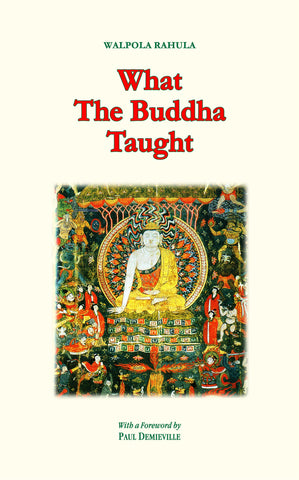
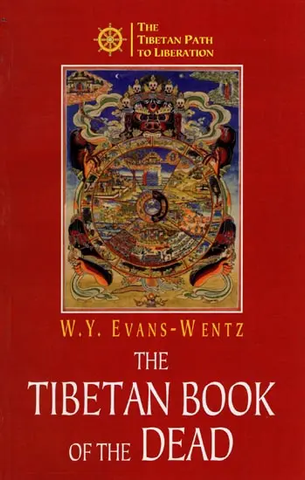
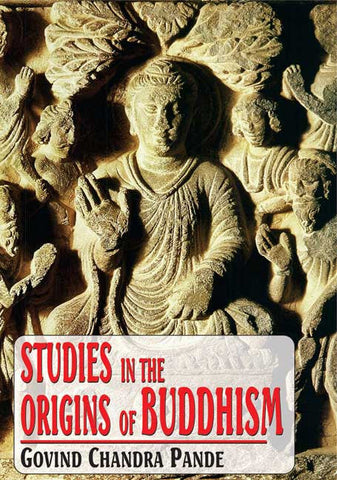
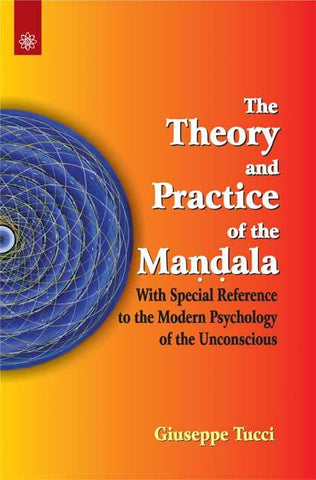
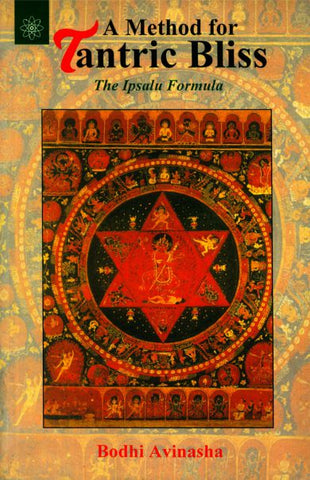
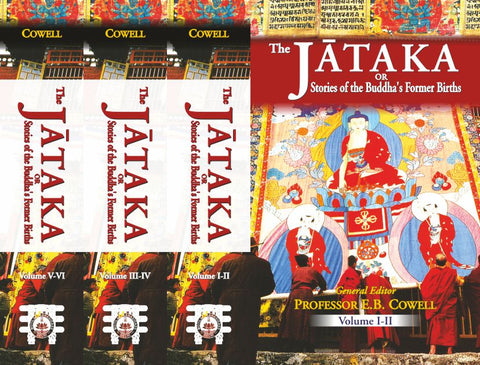
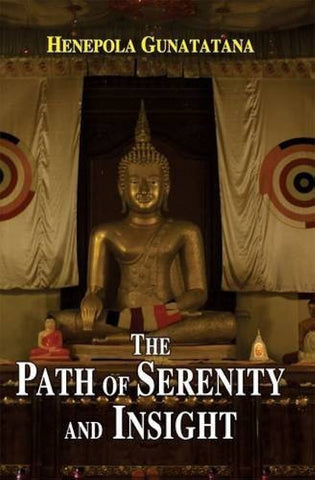
![The Rishukyo [Buddhica Britannica Vol.3]: The Sino-Japanese Tantric Prajnaparamita in 150 Verses (Amoghavajra's Version)](http://www.motilalbanarsidass.com/cdn/shop/products/RISHUKYO_large.jpg?v=1675417651)
